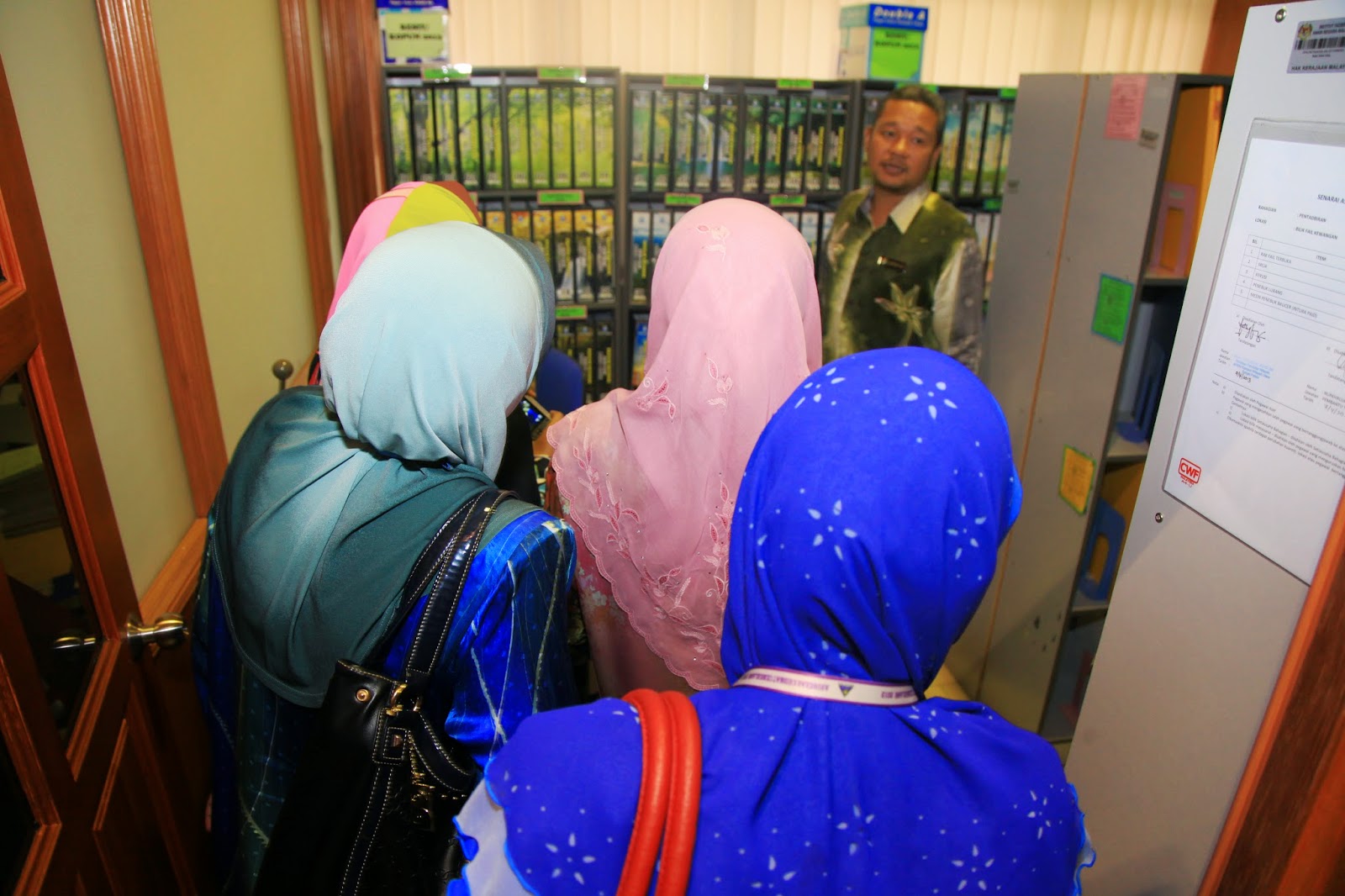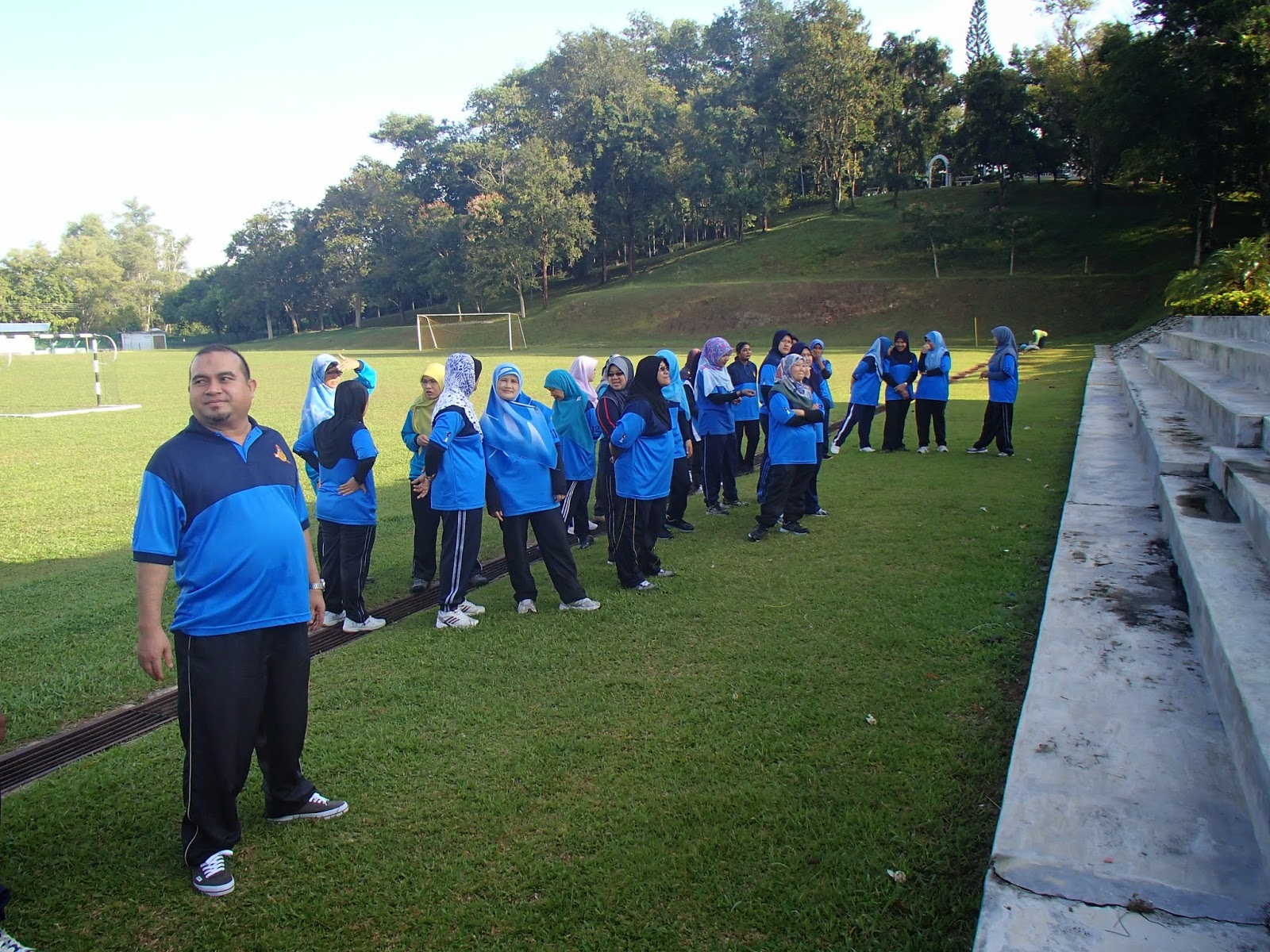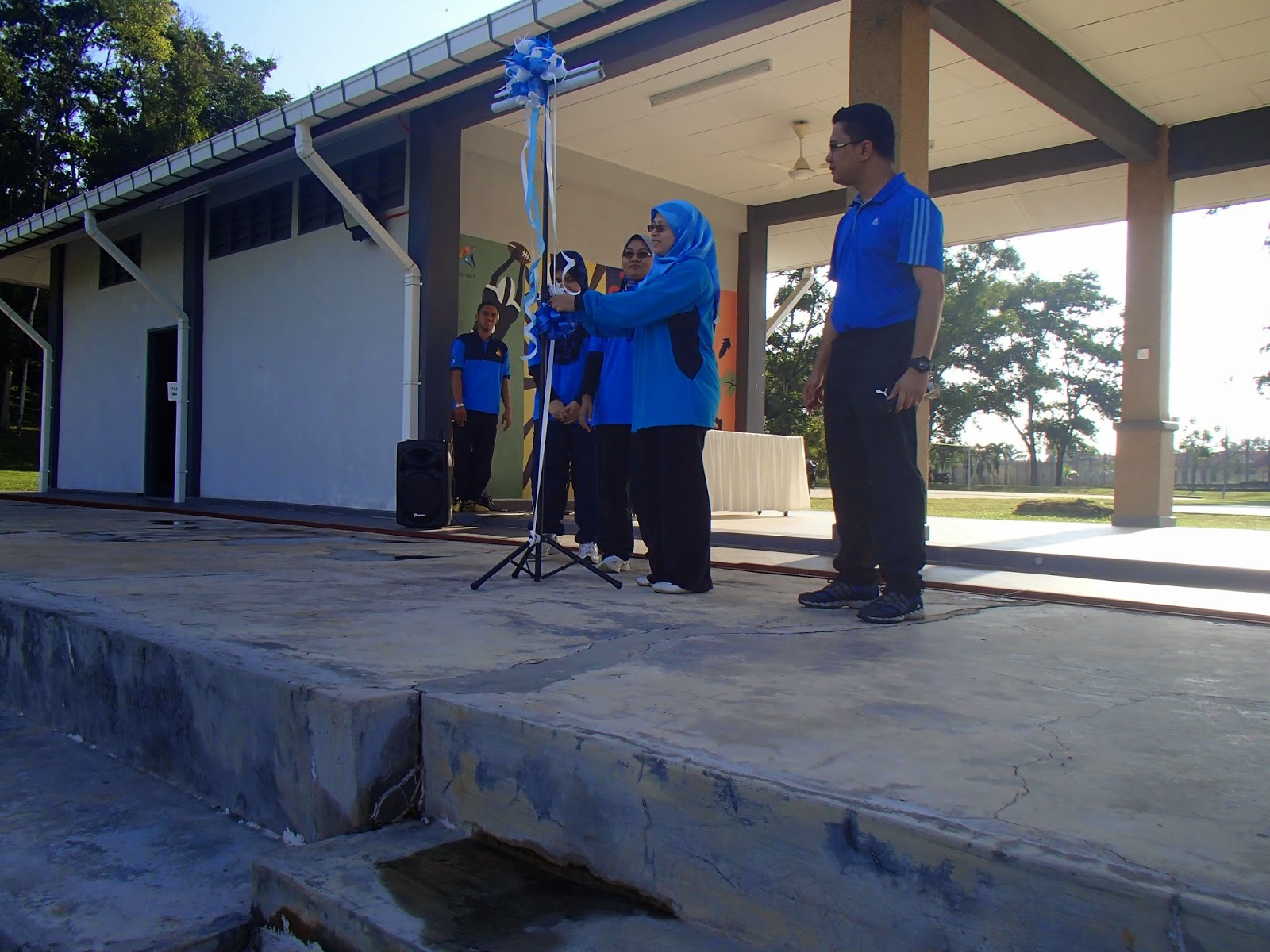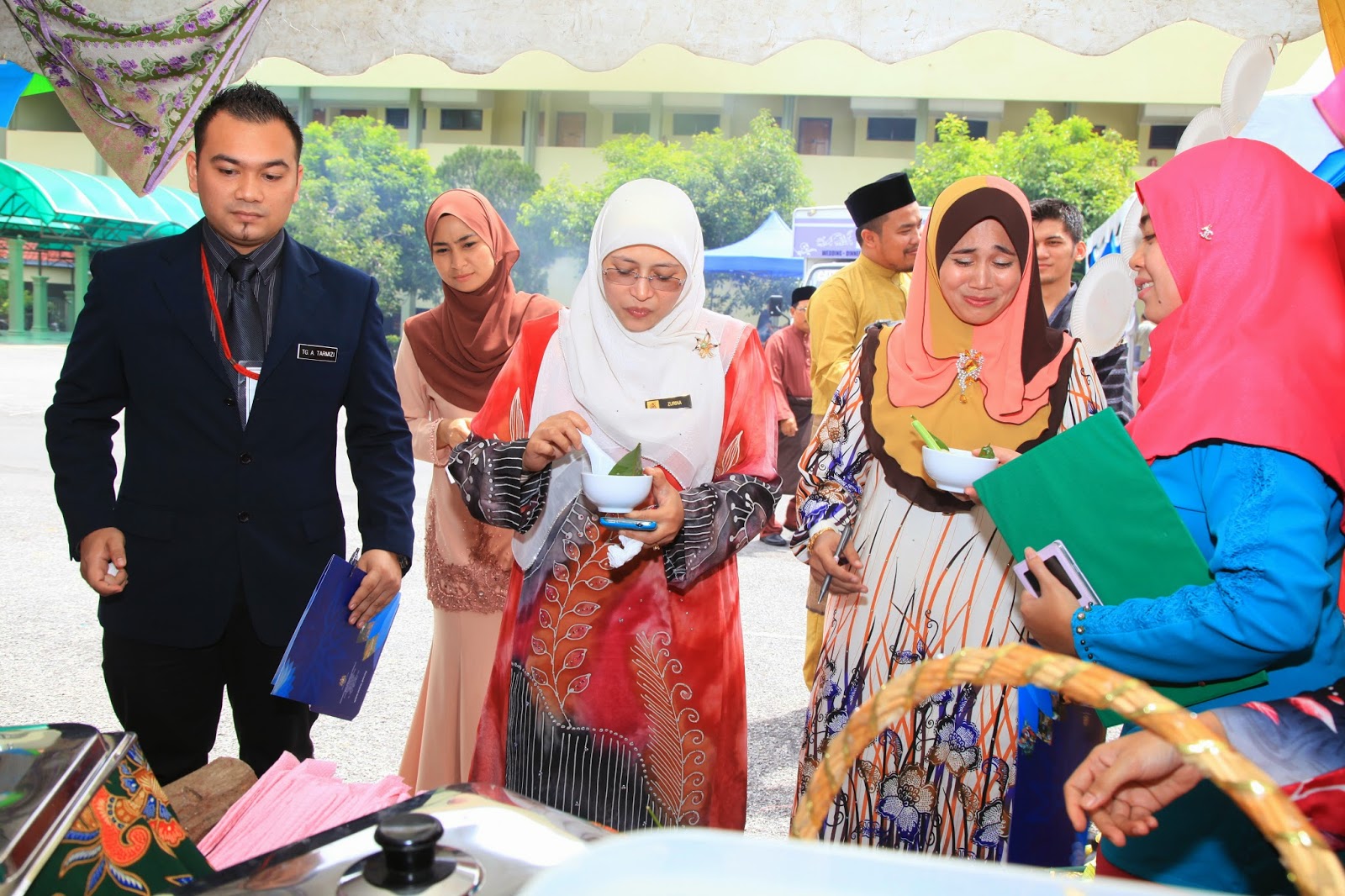- Acute stress reaction
Acute stress reaction symptoms include shortness of breath, anxiety, nervousness, sense of doom and more.
- High blood pressure (hypertension)
High blood pressure, often asymptomatic, can cause headaches, shortness of breath, nosebleeds, and anxiety.
- Dehydration (Children)
Dehydration, or not getting enough fluid, causes dry and sticky mouth, tearless crying, and more in children.
- Sleep deprivation
Sleep deprivation occurs when the lack of restful sleep is severe enough to compromise basic body functions.
- Heart rhythm disorder
Some heart rhythm disorders can cause a fluttering in the chest, shortness of breath, chest pain or dizziness.
- Low blood pressure (hypotension)
Low blood pressure, or hypotension, can make you feel lightheaded and dizzy
- Medication reaction or side-effect
Medication side effects include nausea, vomiting, stomach upset, weakness, dizziness, seizures, and more.
- Dehydration (Adult)
Dehydration, or not getting enough fluid, causes low blood pressure, weakness, dizziness, fatigue, and nausea.
- Exercise or physical activity
Exercise is vital for good health, but overdoing it can lead to muscle aches, dehydration, headache, and more.
- Multiple sclerosis
Multiple sclerosis is a disease of the nervous system causing difficulties with balance, speech, and movement.
- Heat exhaustion
Heat exhaustion causes intense thirst, heavy sweating, pale, cool, and moist skin, muscle cramps, and more.
- Atrial fibrillation
Atrial fibrillation is a heart condition that causes heart palpitations, confusion, dizziness and more.
- Mononucleosis
Mononucleosis is a viral infection causing extreme fatigue, sore throat, fever, rash, muscle aches, and more.
- Anemia
Anemia, a lack of red blood cells, can cause fatigue, pale skin, weakness, dizziness, headache and more.
- Hay fever
Hay fever, an allergic reaction to outdoor pollens and molds, causes nasal congestion, itchy eyes, and more.
- Acute sinusitis
Acute sinusitis, an inflammation of the sinuses, causes sinus pain and tenderness, facial redness and more.
- Depression (Adult)
Depression is a painful sadness that interferes with daily life and includes hopelessness, anxiety, and more.
- Diabetes, type 2
Diabetes can make you feel hungry, tired, or thirsty; you may urinate more than normal and have blurry vision.
- Viral syndrome
Viral syndrome is an unidentified cause of typical virus symptoms sore throat, stuffy nose, aches and more.
- Sleep apnea
People with sleep apnea stop and restart breathing multiple times while sleeping.
- Chronic sinusitis
Chronic sinusitis, or sinus infections, cause a stuffy or runny nose, tooth pain, fever, sore throat and more.
- Cystic fibrosis
Cystic fibrosis is an inherited disease that causes the body to produce abnormally thick and sticky mucus.
- Diabetes, type 1
Diabetes can make you feel hungry, tired, or thirsty; you may urinate more than normal and have blurry vision.
- Bipolar disorder
Bipolar disorder causes extreme mood swings between depression and mania.
- Eating disorder
People with eating disorders have extreme and dangerous eating habits.
- Emphysema
Emphysema is a chronic lung condition that causes shortness of breath, a chronic cough, wheezing, and more.
- Glomerulonephritis
Glomerulonephritis is a type of kidney disease and causes swelling, abnormal urine, fever, achiness, and more.
- Hepatitis A
Hepatitis A is an inflammation of the liver. Symptoms include fever, fatigue, yellowing of the skin, and more.
- Hepatitis B
Hepatitis B is an inflammation of the liver that may cause fever, fatigue, dark urine, jaundice, and more.
- Hepatitis C
Hepatitis B is an inflammation of the liver that may cause yellowing of the skin and eyes, tiredness, and more.
- Mumps
Mumps is a contagious viral disease that causes painful swelling of the glands that produce saliva.
- Pre-leukemia (myelodysplastic syndrome)
Myelodysplastic syndromes are diseases that affect the bone marrow and blood, causing anemia and tiredness.
- Pulmonary hypertension
Pulmonary hypertension can cause shortness of breath, a fast heart rate, or lightheadedness.
- Rheumatoid arthritis
Rheumatoid arthritis is an autoimmune disease that causes pain, swelling, and joint damage.
- Transient ischemic attack (mini-stroke)
Transient ischemic attacks cause headache, numbness, tingling, or weakness in the face, arm, or leg, and more.
- Tuberculosis
Tuberculosis usually infects the lungs, causing a bad cough with blood, chest pain, fever, chills, and fatigue.
- Chronic fatigue syndrome (CFIDS)
Chronic fatigue syndrome is a condition that causes extreme tiredness that doesn't get better with rest.
- Congestive heart failure
People with congestive heart failure can have shortness of breath, fatigue, irregular heartbeat and more.
- Depression (Child and Adolescent)
Depression is a painful sadness that interferes with a child's schoolwork, family life, and social activities.
- Drug overdose
A drug overdose can be fatal and causes sleepiness, confusion, coma, vomiting, and other symptoms.
- Gastrointestinal bleeding
The symptoms of gastrointestinal bleeding include black or bloody stool or vomit, dizziness, and cramping.
- Hyperthyroidism
Hyperparathyroidism can cause fatigue and weakness, increased thirst, impaired thinking, and bone fractures.
- Iron poisoning
Iron poisoning causes abdominal pain, vomiting, diarrhea, lethargy, and dehydration.
- Chronic kidney disease
Chronic kidney disease is a condition of the kidneys that can cause high blood pressure, fatigue, and weakness.
- Anemia, chronic disease
Anemia of chronic disease (ACD) can cause fatigue, pale skin, weakness, dizziness, headache and more.
- Anemia, iron deficiency
Anemia , a lack of red blood cells, can cause fatigue, pale skin and gums, brittle nails, irritability, and more.
- Atrial flutter
Atrial flutter is an abnormality of the heart's rhythm that causes rapid and sometimes irregular heartbeats.
- Carbon monoxide poisoning
Carbon monoxide poisoning can be fatal, symptoms include headache, dizziness, nausea, and vomiting.
- Rectal cancer
Rectal cancer appears in the rectum and causes bloody stool and constipation.
- Dementia in head injury
Dementia resulting from a head injury may cause memory problems, difficulty speaking, and personality changes.
- Hypothyroidism (adult)
Hypothyroidism your body functions slow down, making you gain weight and feel tired all the time.
- Narcotic abuse
Narcotic abuse can cause fatigue, shallow breathing, anxiety, euphoria, vomiting, confusion, and constipation.
- Lung cancer (small cell)
Small cell lung cancer is the least common type of lung cancer and can cause a cough, chest pain, and more.
- Thalassemia
Thalassemia is a rare group of genetic blood disorders effecting red blood cells and leading to anemia.
- Aortic regurgitation
Aortic regurgitation, when the aortic valve doesn't close completely, can cause severe heart symptoms.
- Pleural effusion
Pleural effusion is buildup of fluid in the pleura and can cause difficulty breathing or chest pain.
- Metabolic syndrome
Metabolic syndrome is a group of risk factors that together increase the risk of developing health problems.
- Polycystic kidney disease
Polycystic kidney disease can cause abdominal pain, headaches, and pain in the sides and back.
- Radon exposure
Breathing in high levels of radon over time can cause lung cancer.
- Restless legs syndrome
Restless leg syndrome causes intense discomfort in your legs and an overpowering urge to move them.
- Sarcoidosis
Sarcoidosis is a rare disease that can cause swelling and hard lumps in the lymph nodes and organs.
- Supraventricular tachycardia
Supraventricular tachycardia is fast heart rhythm starting in one of the upper chambers of the heart.
- Vitamin B12 deficiency
Vitamin B12 deficiency symptoms include fatigue, pale skin, weakness, sleepiness, numbness, weakness, and more.
- Lyme disease
Lyme disease is a bacterial infection spread through tick bites; symptoms include rash, fever chills, and more.
- Meniere's disease
Meniere's disease is a chronic inner ear condition that causes vertigo or extreme dizziness, and more.
- Low blood sugar (hypoglycemia)
Low blood sugar, or low glucose levels, causes shakiness, anxiety, clammy skin, irritability, hunger, and more.
- Lung cancer (non small cell)
Non-small cell lung cancer is the most common type of lung cancer and can cause a cough, chest pain, and more.
- Hyperparathyroidism
Hyperthyroidism causes weight loss, shakiness, tiredness, sensitivity to heat, insomnia, and more.
- Histoplasmosis
Histoplasmosis is a fungal infection of the lungs causing muscle aches, fever, chest pain, cough, and more.
- Motion sickness
Motion sickness is a feeling of queasiness or nausea caused by moving in a car, bus, boat, or plane.
- Myasthenia gravis
Myasthenia gravis is caused by abnormal immune responses that weaken muscles, particularly of the face.
- Malnutrition
Malnutrition occurs when the body isn't getting enough nutrients; sometimes the condition is life-threatening.
- Cocaine withdrawal
Cocaine withdrawal may cause feelings ranging from anxiety, irritability and sleepiness to suicidal thoughts.
- Obesity
Obesity is having too much body fat, marked by a BMI of 30 or higher.
- Underweight
Being underweight means weighing less than you need for good health.
- Chemical burns
A chemical burn can cause symptoms ranging from burning and blisters to pain and shortness of breath.
- Renal cell (kidney) cancer
Renal cell cancer is a type of kidney cancer that can cause bloody urine and persistent pain in the side.
- Radiation sickness
Radiation sickness is caused by a high dose of radiation, and causes vomiting, diarrhea, hair loss, and more.
- Small intestine cancer
Small intestine cancer is rare and often has no symptoms, but can cause symptoms in its advanced stages.
- Mesenteric lymphadenitis
Mesenteric lymphadenitis is an inflammation of abdominal lymph nodes causing pain, diarrhea, fever, and more.
- Anemia, hemolytic
Hemolytic anemia occurs when there aren't enough red blood cells in the blood.
- Pseudohypoparathyroidism
Pseudohypoparathyroidism is a rare inherited condition that can lead to cramps, muscle spasms, and more.
- Lead poisoning
Lead poisoning causes sudden pain on either side of the lower back, urinary issues, nausea, fever, and chills.
- Typhoid fever
Typhoid fever is a life-threatening illness and causes fever, general aches and pains, headache, and weakness.
- Hypopituitarism
Hypopituitarism is a rare disorder of the pituitary glands, which can cause many different symptoms.
- Throat cancer
Throat cancer can cause symptoms including difficulty swallowing, hoarseness, and chronic cough.
- Bird (avian) flu
Bird flu is spread to people from birds and causes fever, cough, sore throat and muscle aches.
- Cat-scratch disease
Cat scratch disease is a bacterial infection caused by a cat scratch or bite.





















































